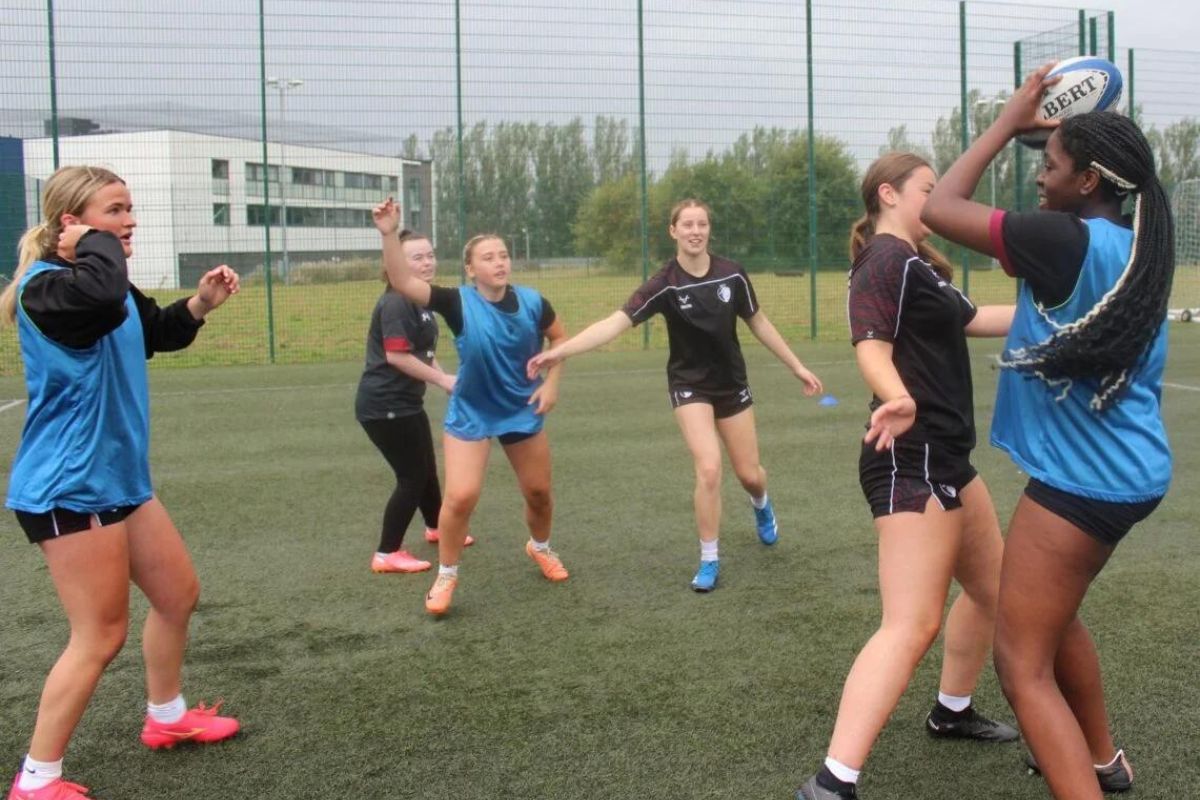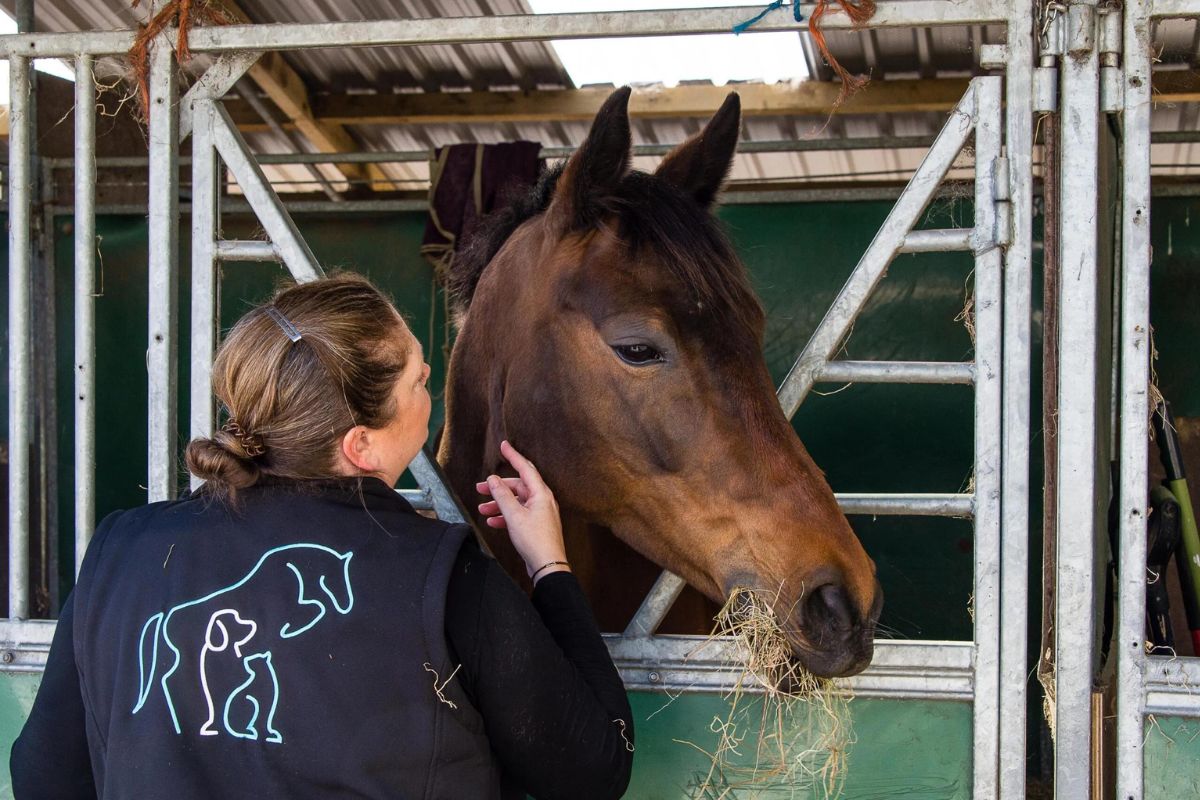Joined-up curriculum

The day before I was due to teach an English class for the first time, I felt nervous, the Head of Department rang me up to put my mind at rest, ‘Don’t worry, take a look in the stock cupboard and the schemes of work to see if anything takes your fancy, maybe use some of your drama skills, the kids will like that.’ What wonderful trust he was showing in me, I felt less out of my comfort zone than I had done. And the lesson for that Year 8 class, and the following lessons, seemed to go well. I was making it up as I went along and was having fun, and so it seemed, were the students.
When it came to reporting progress to their parents and guardians, I got away with writing reports of the general and slightly vacuous variety and I seemed also to just about get away with Parent’s Evenings. But was I ‘teaching’ English? Was my teaching connecting to anything the students had learned the year before in their Year 7 class and the years that were to follow? I had no idea.
This ‘anarchic’ approach, where lessons are a pick ‘n’ mix and the teacher follows their fancies. is opposite to an authoritarian approach where, in a parallel universe, the Head of Department gives the teacher a script to follow and some other resources, usually PowerPoint slides nowadays, something that happened to me when I was asked to teach music. As a non-musician I was extremely grateful for meticulously detailed step by step guidance, what I had to do and when… though, unfortunately, the Year 7s saw through me by the end of lesson one: ‘Can you actually teach music, sir?’
Curriculum design
Somewhere on the continuum between the anarchic and the authoritarian is the sweet spot for curriculum design, where teachers, as subject experts, are trusted to work together to create a curriculum that is ‘joined-up’. Where what is learned one week feeds into what happens the next.
In order for students to learn well, a curriculum needs cohesion, teachers need to know what came before and where things are going. The sequencing matters, the carefully thought through ‘order of things’ helps create the ‘thought architecture’, the schemata by which students learn to navigate the subjects that make up the school’s overall curriculum.
Though they often teach on their own, teachers are not individuals who can do their own thing, they are team players, creating a curriculum narrative which gradually unfolds in the minds of their students.
Collaboration not delegation – Open doors
In order for curriculum design to work well, a flatter management structure is needed. Good curriculum work needs teacher ‘buy-in’ and the belief that they are trusted to come up with the goods is essential. Curriculum design should not be delegated to one or two people to ‘deliver’ as a fait-accompli for others. The job is too important to leave to one person to ‘do’ Key Stage 2 and another ‘do’ Key Stage 3, rather all those who teach the subject need to have a say in how the curriculum unfolds, and these teams of people need to be given time. If a school is serious about curriculum, it needs to ensure teams can meet regularly and fruitfully.
The curriculum design teams should be prepared to agree, disagree, argue passionately for their cause but also, in the end, realise their collegiate responsibility in making their curriculum work. This involves compromise, but the more far ranging the curriculum conversations, the more likely the compromises are richer than those arrived at by a meeting involving one person saying their bit, and the others nodding along desperately hoping for the end of the meeting so that they can go home or to the pub…
Aims
It’s important to think about the overall aims – what are we trying to do here? Do we want to articulate broad aims or ones that are far more focused. Broad aims can help focus a general direction, one thing about curriculum design that always annoys and delights in equal measure is the fact that the job is never finished, so a general aim helps keep things within certain parameters. Time-limited aims help short and medium term planning, a completed step on the way, though just because you’ve arrived at some decisions doesn’t mean they are for all time. Like the famous painting the Forth Bridge story, once you’ve reached the end, it is probably time to start again.
Audit and review
The best way to ascertain what further work might be needed is a process of audit and review, deciding what, if anything, needs to change. School assessments of students’ progress and other data can help, as well as thoughtful review processes and keeping a look out for changes in what constitutes a good curriculum over time. This might be curriculum theory and practice, but most importantly are changes in what is right to teach.
What to teach and why?
A question that is often asked about ‘what to teach’ is ‘who decides?’ I think that the answer to this question is ‘the teachers who teach it decide’. This is such an important part of the job of teaching, selecting what to teach, when to teach it, the context and the reasoning behind all the choices, are their responsibility. And by teaching it, teachers quickly receive feedback, how well is this being understood, enjoyed or endured, enlightening or deadening – or degrees thereof.
Organising and sequencing – trees and shapes
In my book, Curriculum Revolutions, I present a variety of different ‘curriculum shapes’ which help create different types of ‘thought architecture’ – ways through which students can access whole webs of meaning on which they can build. A curriculum isn’t just for school, after all, a good curriculum provides strong foundations for understanding a wide range of things for the rest of their lives.
These shapes range from the geometric – triangles and blocks to the organic: ‘knowledge trees’, through which entire webs of knowledge can be formed, freeing students to find their way to think and express themselves freely about a wide range of issues they might come across both at school and beyond. These approaches help young people become competent, confident and fluent in their studies, giving them the wherewithal to succeed in school, in exams and in applying their knowledge when and where it might be helpful.
What needs to change?
How well does your curriculum allow students to navigate freely across a wide range of subject areas? Can they produce work that shows their understanding well beyond how to write a 9-point answer, or similar? Does your curriculum help them make meaning in the world they are faced with? Does your curriculum ensure that there is no need for catch up lessons after school, at weekends or in the holidays? What needs to change?
Whether it’s a gentle evolution or a curriculum revolution that’s required, what it comes down to is, the more joined-up the curriculum is, the better educated your students will be.
By Martin Robinson, author of Curriculum Revolutions: A practical guide to enhancing what you teach, published by John Catt Educational, discusses the benefits of ‘joined-up’ curriculum design.











Responses